As Basal ganglia is a group of nerve nuclei that are located below the cerebral cortex in pairs in each of the two halves of the brain. The basal ganglia perform important functions in the control and regulation of processes within the peripheral nervous system.
Their functions are important for the entire voluntary and reflex motor skills as well as for cognitive processes. The basal ganglia also play an important role in the formation of emotional processes generated by the limbic system, such as motivation, spontaneity, willpower and affects.
What are the basal ganglia?
Basal ganglia, which, according to the newer nomenclature, are usually called Basal nuclei (Nuclei basales), consist of a collection of nerve cell bodies that are located in the brain below the cerebral cortex (subcortical).
Some basal ganglia are identical to special nerve nuclei such as the curly nucleus (nucleus caudatus), others are composed of several nuclei and form a functional unit such as the lenticular nucleus (nucleus lentiformis), which is made up of the shell body (putamen) and the pallidum (globe pallidus). The globus pallidus (pale sphere) in turn is divided into an internal and an external segment, each with different functions.
Although the basal ganglia fulfill important tasks in complex movement sequences, they are not connected to the pyramidal cells, the pyramidal system, through which the movement coordination in humans for voluntary and involuntary movement sequences takes place. Instead, the basal ganglia are assigned to the extrapyramidal motor system (EPMS), but beyond their influence on movement coordination they also perform much broader tasks in the area of emotional performance.
Anatomy & structure
The caudate nucleus, which is assigned to the basal ganglia, is a large collection of nerve nuclei of the cerebrum arranged in pairs. The caudate nucleus is separated from the laterally adjacent putamen by nerve fibers that are visible as white stripes. Both nuclei together are therefore also referred to as stripe bodies (corpus striatum or simply striatum).
The globus pallidus externa and interna, which lie on the side of the putamen, are also included in the striatum. In the specialist literature, the putamen and the pallidum are often grouped together as the nucleus lentiformis. The nucleus accumbens acts as the connecting link between the putamen and the caudate nucleus and also performs important tasks in the brain's reward system. In addition to the pallidum, the so-called substantia nigra, also known as the Soemmering ganglion, has an important function in the activation-deactivation control circuits.
It is a core complex of the midbrain that consists of the pars compacta and the pars reticularis. The pars compacta contains a high concentration of iron and melanin, so that it appears almost black. Usually the subthalamic nucleus is also counted among the basal ganglia because it functions as an amplifier in the control loop of the basal ganglia. The basal ganglia work with different neurotransmitters for activation or for antagonistic inhibition. The most important neurotransmitters in the control loops of the basal ganglia are gamma-aminobutyric acid, glutamate and dopamine.
Function & tasks
The basal ganglia are part of complex control loops that are incorporated into many executing “commands” of the cortex. So z. B. Complex movements in the motor area, which are only possible with the participation of many different muscles, put together. At the same time, the basal ganglia take on reinforcing (excitatory) and inhibitory (inhibitory) functions with respective feedback within the control circuits.
They compose highly integrative processes - also in the non-motor area - and at the same time have a filtering effect. Even if not all functions and tasks of the basal ganglia are fully understood, there is at least agreement on the most important reporting channels within the control loop. The control loop is activated by messages from the cortex to the striatum via nerve connections that have glutamate receptors (glutamaterg).
From the pars reticularis of the substantia nigra and from the pars interna of the globus pallidus, the already processed information reaches the thalamus in the event of inhibition via compounds that react to gamma-butyric acid as messenger substance. The thalamus reports directly back to the cortex via glutamatergic nerve connections.
In the case of intended reinforcements, the pars compacta of the substantia nigra stimulates the striatum via dopaminergic connections. The subthalamic nucleus can have a strengthening effect on the strengthening process via glutamatergic connections to the substantia nigra and the globus pallidus.
You can find your medication here
➔ Medicines for paresthesia and circulatory disordersDiseases
The complex and fluid "normal" movement patterns that are generated by the control circuits of the basal ganglia can be considerably impaired when the functional disorders of the basal ganglia occur. Functionally impaired basal ganglia typically lead to dystonia, which manifests itself as prolonged uncontrollable tension in the skeletal muscles with corresponding abnormal postures.
Another complex of symptoms is the development of hyperkinesis. This is understood to mean involuntary, uncontrollable movements of the limbs, head and neck. One of the best known dystonias is Parkinson's disease, which is caused by a progressive degenerative process of the substantia nigra. There is a breakdown of the melanin-containing nerve cells, so that a dopamine deficiency sets in, which makes fluid movement more difficult and makes it impossible as the disease progresses.
The main symptoms of Parkinson's disease are muscle rigidity, muscle tremors (tremors), slow movements and increasing instability in posture. Attention Deficit Hyperactivity Disorder (ADHD), which is relatively frequently diagnosed in children, is also triggered by a disturbance in the control loop of the basal ganglia. Athetoses, which are associated with involuntary, slow advancing movements and which often lead to joint overexpansion, are also associated with malfunction of the striatum.
In this case, the damage to the striatum is mostly due to the birth process. So-called tics such as Tourette's syndrome, which are also based on a malfunction of the basal ganglia, clearly show that the basal ganglia do not only cover the extrapyramidal motor area. Tics, in addition to compulsive and repetitive movements, may be coupled with compulsion, e.g. pronouncing or calling out certain words incoherently.
Typical & common nerve diseases
- Nerve pain
- Nerve inflammation
- Polyneuropathy
- epilepsy

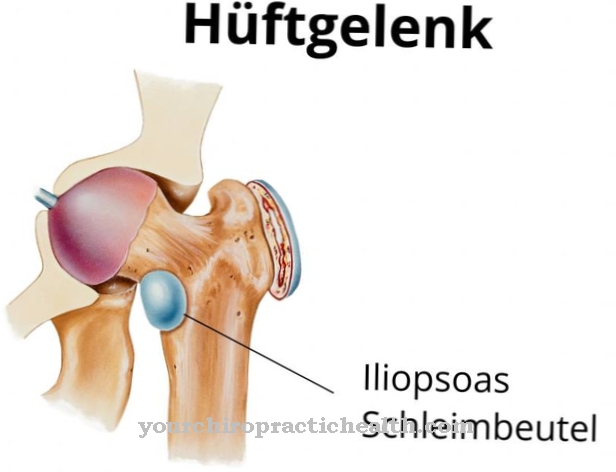

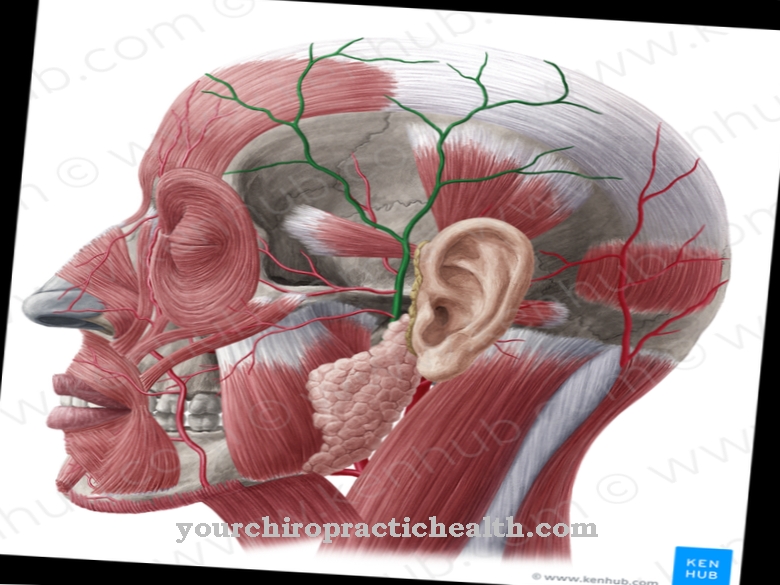
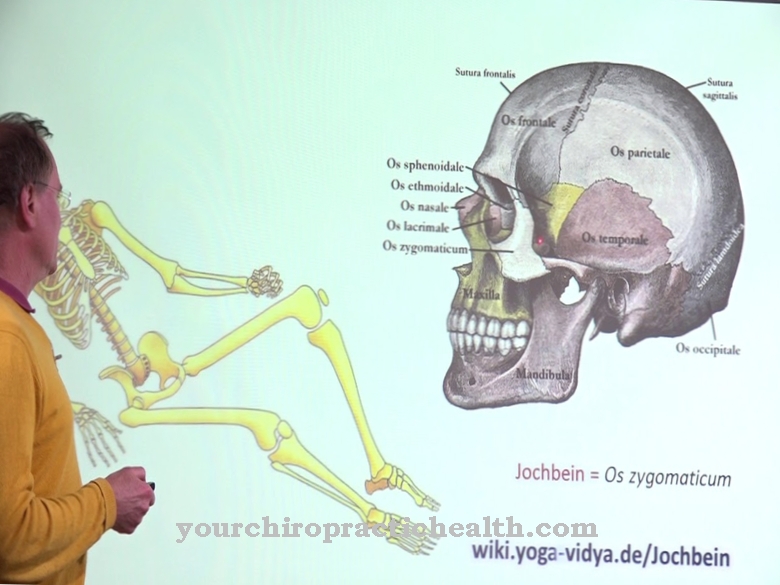
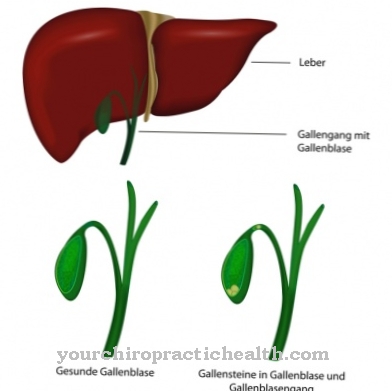
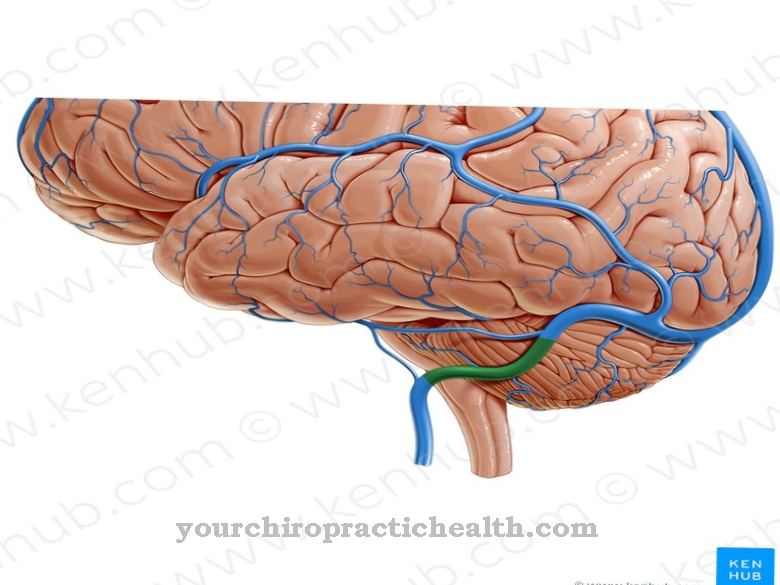

















.jpg)



